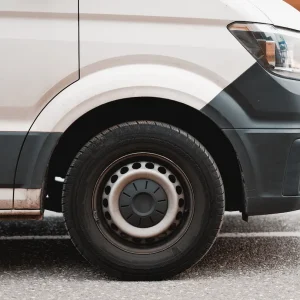Leasing company Arval is searching for the UK’s best-branded vans, by asking people to send images of vans that have caught their eye.
The four most popular images that are submitted during the competition will win a prize of £100 worth of Love2Shop vouchers.
To enter, users need to tweet the image to Arval (@Arval_UK) with the hashtag #Arvalvantastic by 30 November.
Click here to see the entries so far.





